
Graphics: its essence, types, and history. Notable graphic artists
Graphics is a form of visual art where images are primarily created using lines, hatching, and spots that give rise to tonal nuances. Color can also be used in graphics, but it is considered an auxiliary means of representation. Unlike painters, masters of graphics can work with a single color (e.g., using ink or pencil), creating not only flat but also voluminous images.
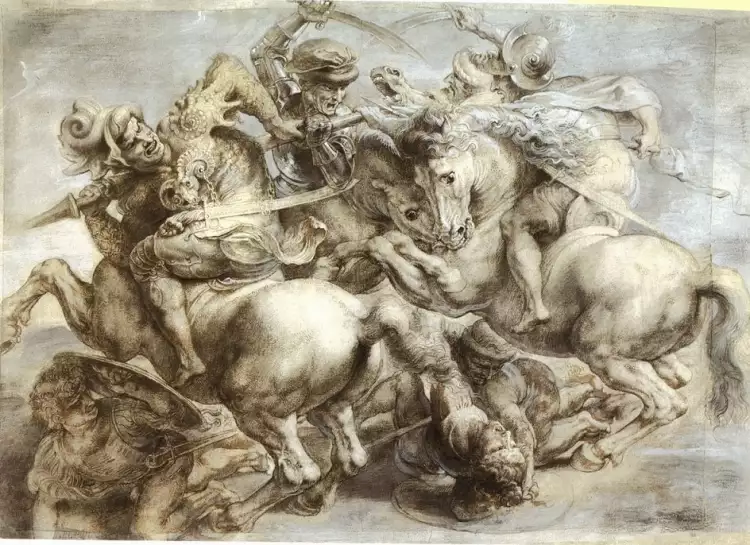 Graphics. Leonardo da Vinci. The Battle of Anghiari, 1505
Graphics. Leonardo da Vinci. The Battle of Anghiari, 1505
The term "graphics" is derived from the ancient Greek word "graphein," which translates to write, draw, scratch. However, graphics should not be reduced to calligraphy; it is just one of its forms.
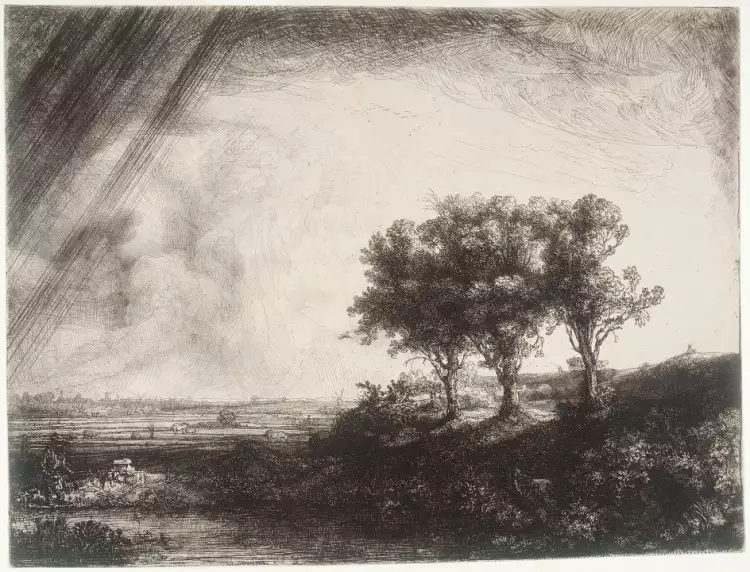 Graphics. Rembrandt Harmenszoon van Rijn. The Three Trees, 1643
Graphics. Rembrandt Harmenszoon van Rijn. The Three Trees, 1643
Graphics is more conditional than painting. It is characterized by a concise artistic style and the succinctness of images. Hence, many graphic works have an inherent sense of incompleteness. Despite the meticulous precision with which many graphic artists work, this technique is inseparable from the art of suggestion, leaving room for the viewer's imagination.
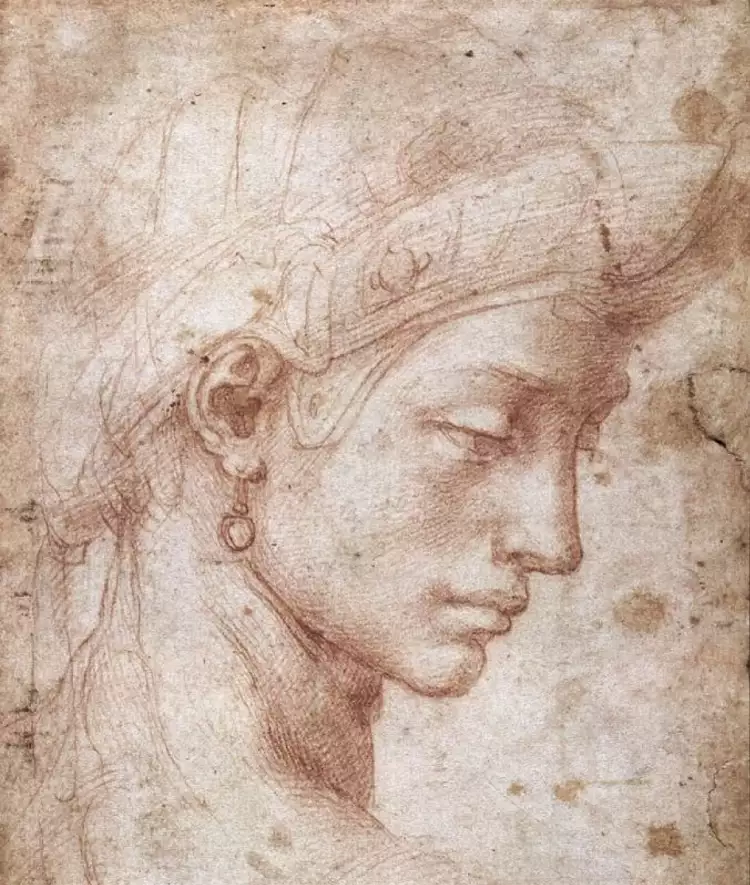 Graphics. Michelangelo Buonarroti. The perfect head, 1516
Graphics. Michelangelo Buonarroti. The perfect head, 1516
At the same time, drawing a clear demarcation between painting and its sister, graphics, can sometimes be quite challenging. For example, pop art and op art are more graphic directions than painterly, and watercolor is on the borderline.
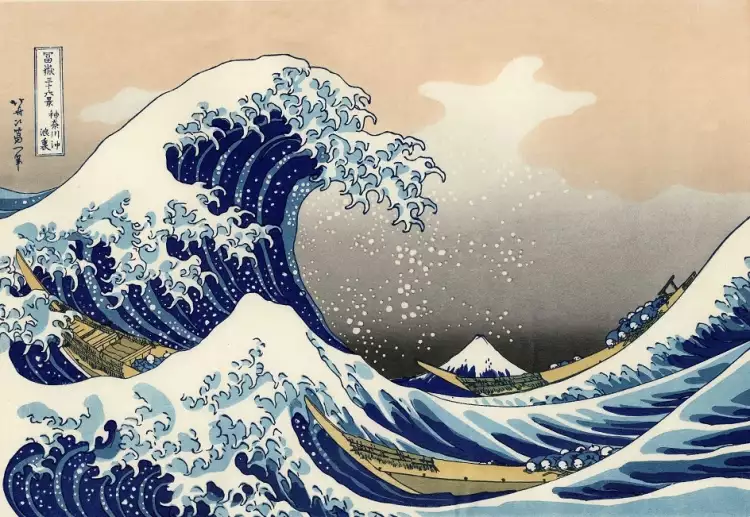 Graphics. Katsushika Hokusai. The Great Wave off Kanagawa, 1831
Graphics. Katsushika Hokusai. The Great Wave off Kanagawa, 1831
Types of graphics, classification
There are two main classifications of graphic works: based on the method of creating an image and their function.
According to the first approach, graphics can be divided into two broad groups - drawing and printing. However, due to the computer information revolution that took place at the turn of the 20th and 21st centuries, this approach has become outdated, and the classification should be expanded. The current division is as follows:
- Drawing graphics, also known as unique, as the work is created in a single copy.
- Printed graphics, allowing the artist to create any number of images based on a printed form created by the artist (with limitations only in production capacities).
- Computer graphics, which do not require transfer to a printed medium and have virtually no physical restrictions on reproduction (though there are legal restrictions stemming from copyright).
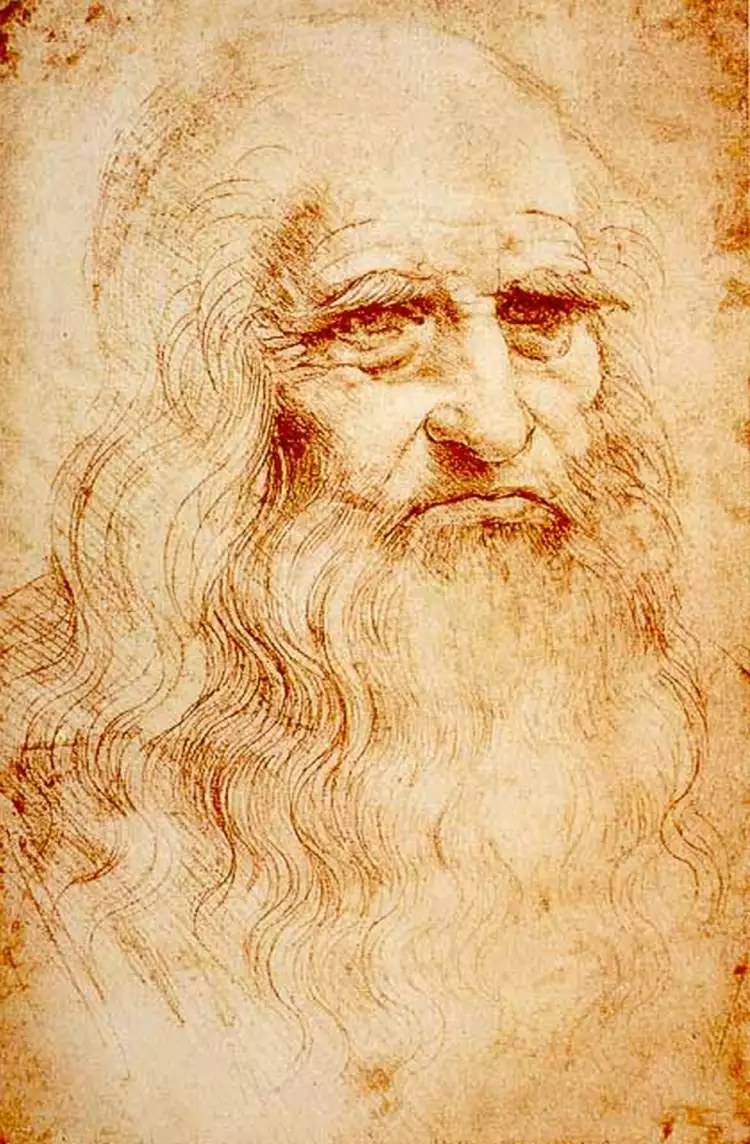 Graphics. Leonardo da Vinci. Portrait of a Man in Red Chalk (self-portrait), 1512
Graphics. Leonardo da Vinci. Portrait of a Man in Red Chalk (self-portrait), 1512
It's interesting that until the end of the 19th century, drawing was not considered a part of graphic art - it was merely seen as preparatory material for painting (narrowing the concept down to sketches and drafts). Only in the 20th century did the term encompass the creation of illustrations, caricatures, and drawings. And when computer graphics emerged, it was recognized as a distinct type of art.
Now, let's consider the classification of graphic works by function. We need to distinguish:
- Fine art graphics, which include items that are independent works of art (like paintings):
- Fine art drawing. Graphic artists, like their painter colleagues, work in various genres, creating portraits, landscapes, domestic scenes, still lifes, historical and mythological scenes, and nude figures.
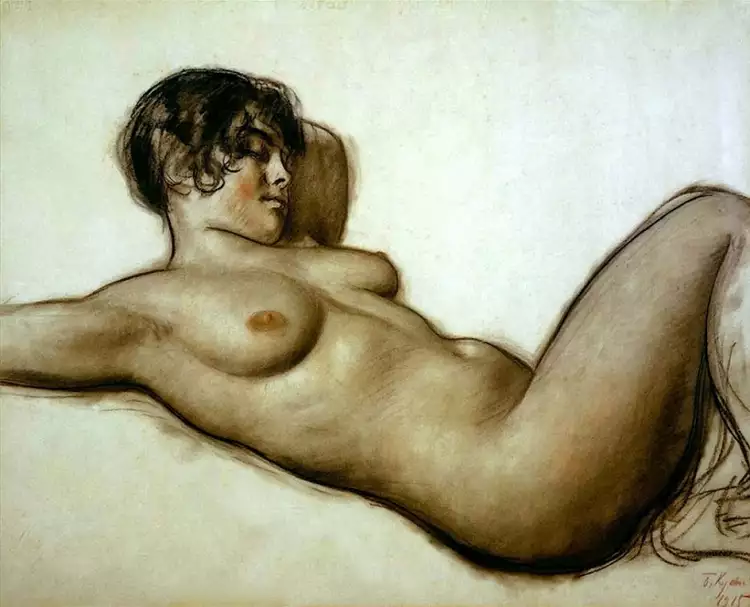 Graphics. Boris Kustodiev. A reclining model, 1915
Graphics. Boris Kustodiev. A reclining model, 1915
- Printmaking, which includes various types of engravings and other prints. Engraving, in turn, is divided into two major groups - woodcuts (xilography) and metal engraving (notably etching, a technique involving the etching of metal with acids). Monotype, lithography, stencil printing, and silk screening also fall under printmaking.
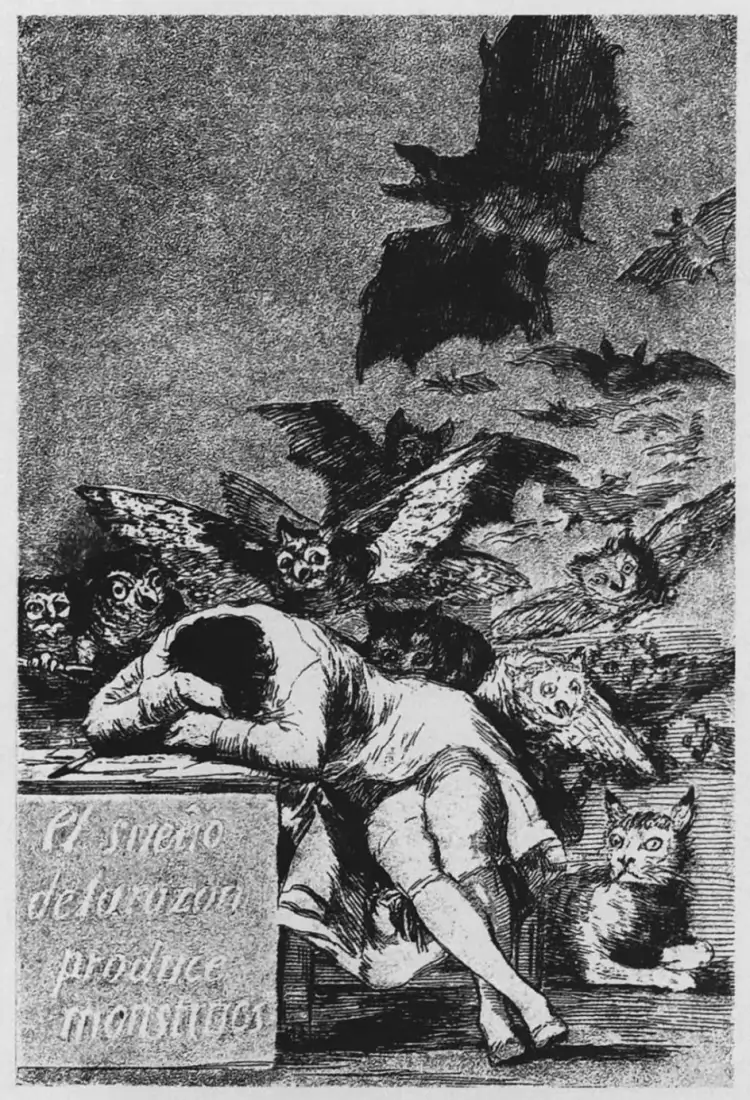 Graphics. Francisco José de Goya. The Sleep of Reason Produces Monsters, 1797
Graphics. Francisco José de Goya. The Sleep of Reason Produces Monsters, 1797
- Watercolor works, a method of creating images on paper using watercolor paint. Depending on the watercolor technique used, highly realistic drawings can be achieved.
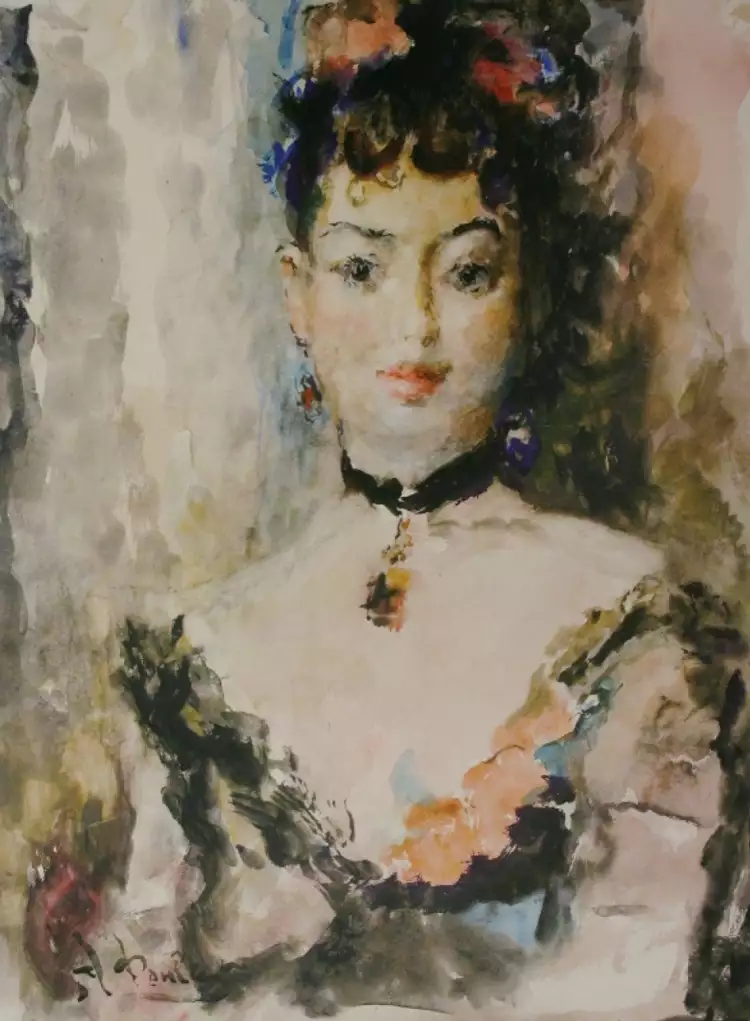 Graphics. Artur Fonvizin. Portrait of ballerina Lyutsia Yumasheva, 1949
Graphics. Artur Fonvizin. Portrait of ballerina Lyutsia Yumasheva, 1949
- Book graphics, which include not only illustrating but also creating covers and dust jackets, vignettes, headers, and other elements of book design.
- Newspaper and magazine graphics, encompassing works for the layout of periodicals. A separate type of illustration, caricature, is also recognized.
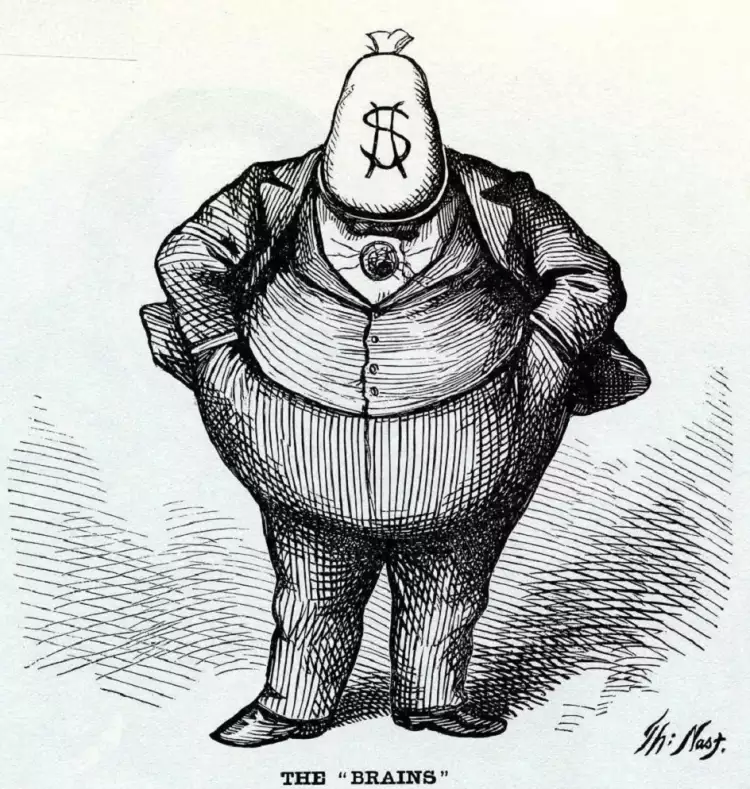 Graphics. Thomas Nast. The Brains, 1871
Graphics. Thomas Nast. The Brains, 1871
- Applied graphics, which are further divided into advertising and industrial:
- Advertising graphics involve the development of signs and other advertising media (brochures, leaflets, flyers). Corporate identity design is also part of this category.
- Industrial graphics encompass the creation of banknotes, postage stamps, and packaging. Often, advertising and industrial tasks overlap, such as in the design of product packaging.
- Poster graphics (including posters), which can also be considered a part of advertising.
 Graphics. Thomas Nast. The Brains, 1871
Graphics. Thomas Nast. The Brains, 1871
- Lettering graphics, including calligraphy (the art of beautiful writing), epigraphy (inscriptions on hard materials), and font design.
- Computer graphics, including website design, mobile app development, and 3D visualization for interior design. This field largely intersects with advertising.
The History of Graphic Art
Drawing is the most ancient form of visual art. Graphic art predates painting: it includes the cave paintings of the earliest human artists. Later, cave drawings moved from cave walls to pottery, papyrus, parchment, and paper (invented in China in the 2nd century BCE). It gave rise to pictography, the precursor to writing, and eventually to hieroglyphs (which gradually became more abstract).
Graphic images can be found among diverse peoples, from the Incas to Australian Aboriginals, on all continents (except Antarctica).
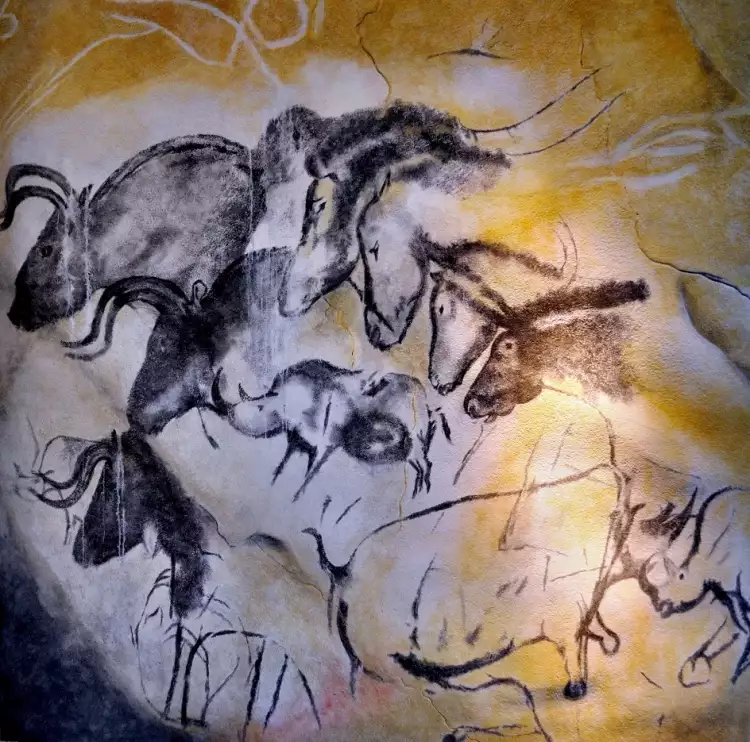 Graphics. Ungulates and rhinos in Chauvet Cave
Graphics. Ungulates and rhinos in Chauvet Cave
In Europe, with the development of painting during the Renaissance, drawing took a backseat and was often viewed by many artists as a preparatory foundation for painted pictures. Nevertheless, independent works of art were also created in this art form, gaining eternal fame – for example, Leonardo da Vinci's "Vitruvian Man."
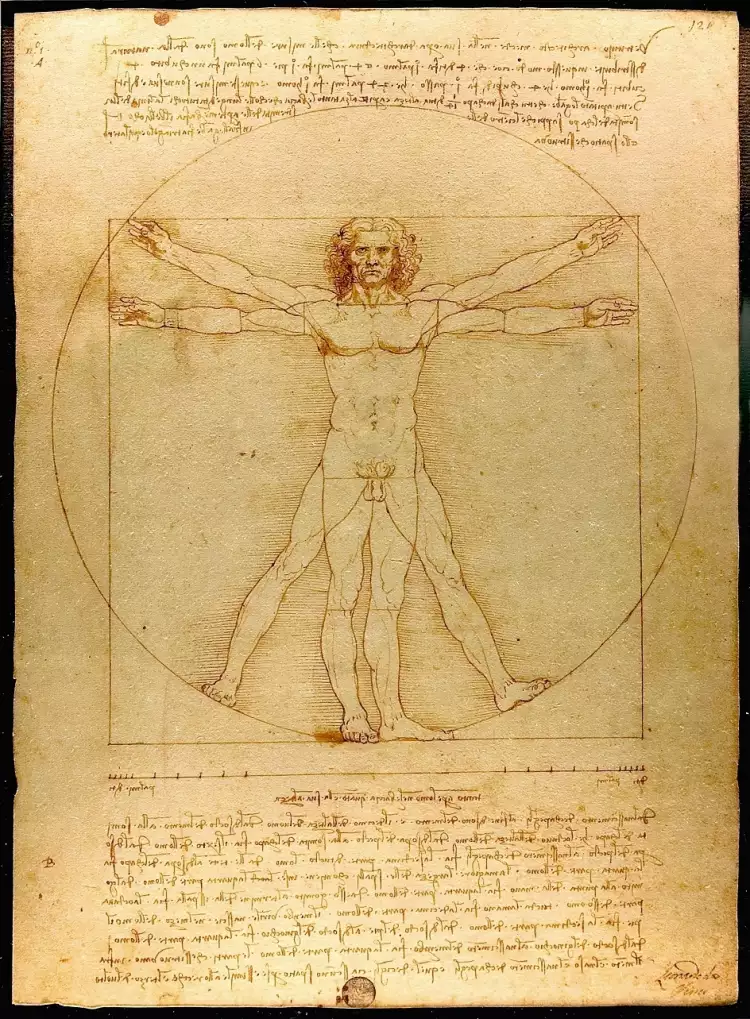 Graphics. Leonardo da Vinci. Vitruvian Man, 1490
Graphics. Leonardo da Vinci. Vitruvian Man, 1490
Michelangelo, on the other hand, held drawing in such high regard that he considered it the only true art, with all other art forms stemming from it.
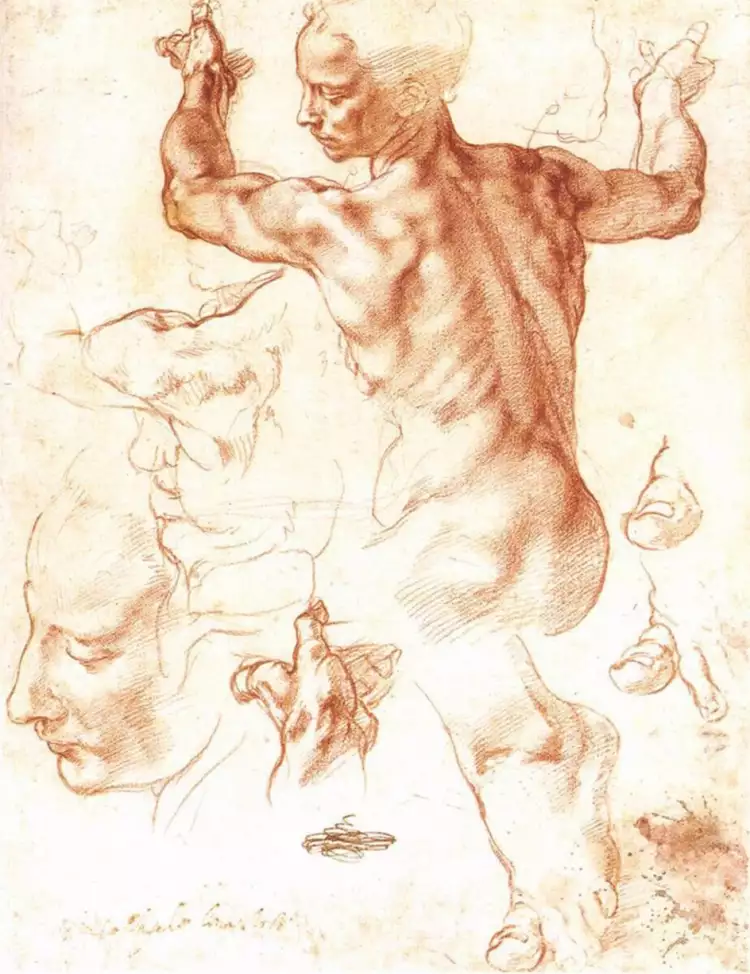 Graphics. Michelangelo Buonarroti. Sketch, 1508
Graphics. Michelangelo Buonarroti. Sketch, 1508
Engraving, on the other hand, had a different fate – this type of graphic art became widespread in Europe thanks to Gutenberg's printing revolution (the technique itself originated in China in the 6th century in the form of woodcut, and metal engraving appeared in Switzerland or Southern Germany in the 1440s). Many masterpieces were created using this technique in the 16th to 18th centuries.
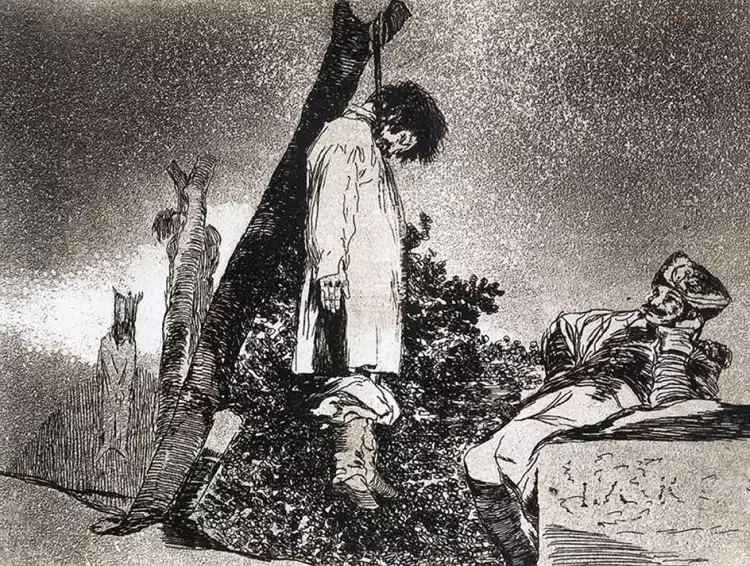 Graphics. Francisco José de Goya. For what? (The Disasters of War etchings, sheet 36), 1814
Graphics. Francisco José de Goya. For what? (The Disasters of War etchings, sheet 36), 1814
During the Rococo period, pastel became popular, also considered a graphic technique. At the turn of the 18th and 19th centuries, watercolor gained independence, combining the properties of both graphic art and painting.
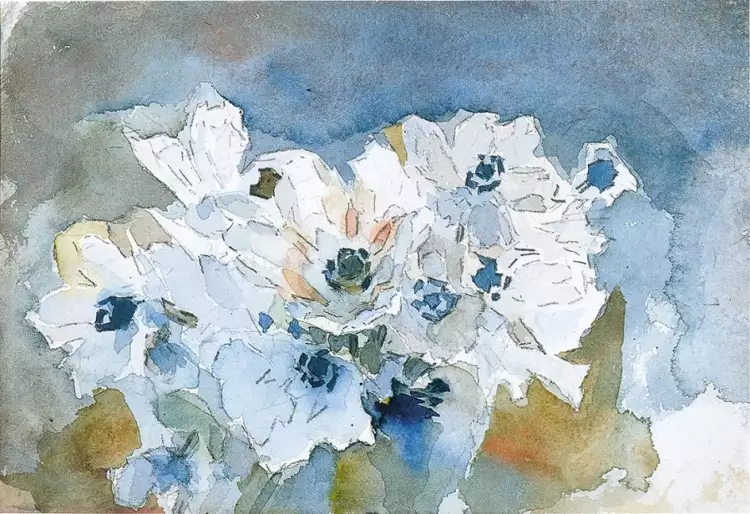 Graphics. Mikhail Vrubel. Flowers
Graphics. Mikhail Vrubel. Flowers
Famous Graphic Artists
One of the greatest engravers and graphic artists in the world is considered to be the genius of the German Renaissance, Albrecht Dürer. Graphic art played a significant role in his work. Among the recognized masterpieces of the artist are the series of engravings "Apocalypse," the watercolor "Hare," and the enigmatic "Melancholia."
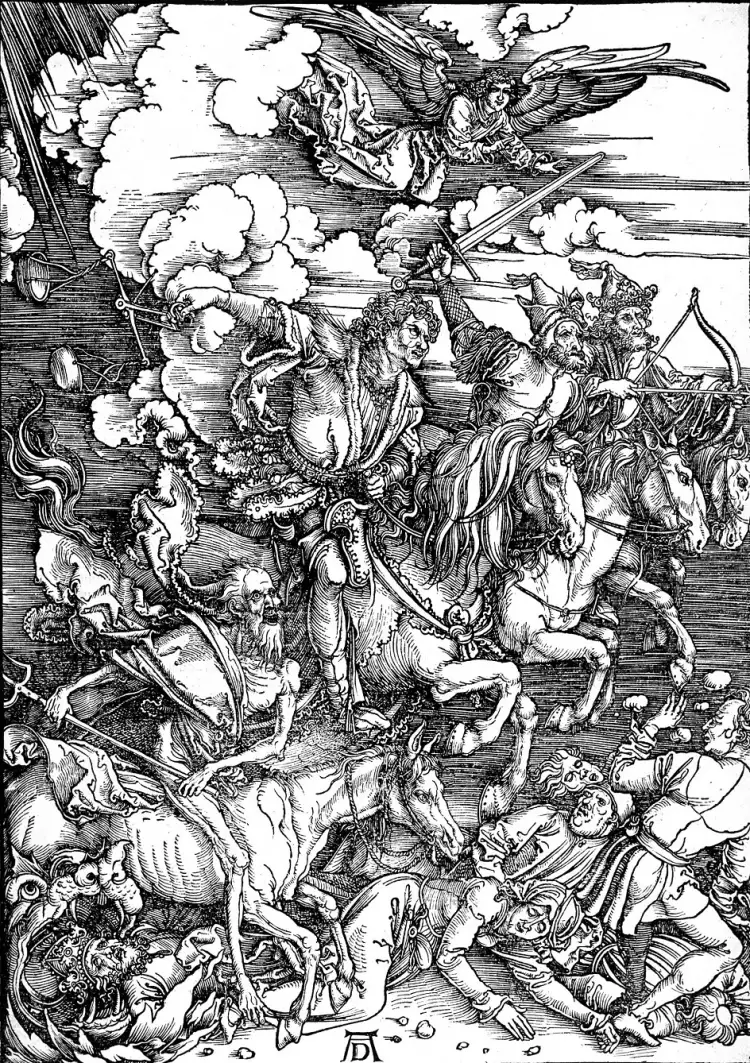 Graphics. Albrecht Dürer. The Four Horsemen of the Apocalypse, 1498
Graphics. Albrecht Dürer. The Four Horsemen of the Apocalypse, 1498
Dürer's works are characterized by meticulous precision in his strokes, combined with superb plasticity.
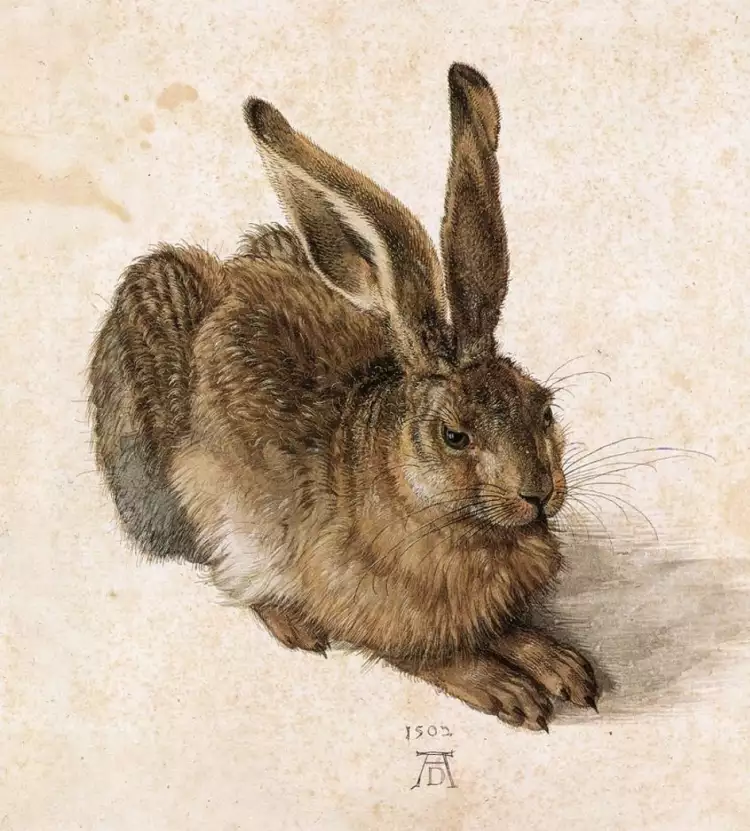 Graphics. Albrecht Dürer. Young Hare, 1502
Graphics. Albrecht Dürer. Young Hare, 1502
Other renowned creators also produced remarkable works in graphic techniques. Notable examples include:
- "The Turin Self-Portrait," "The Battle of Anghiari," and the previously mentioned "Vitruvian Man" by Leonardo da Vinci.
- Expressive portraits and unparalleled anatomical drawings by Michelangelo Buonarroti.
- The night etchings of Rembrandt Harmenszoon van Rijn, which opened up extensive possibilities for printmakers in terms of chiaroscuro.
- The dark, revealing, and grotesque etchings of Francisco José de Goya y Lucientes.
- The iconic illustrations by Paul Gustave Doré for the tales of Charles Perrault, "The Divine Comedy," and "Gargantua and Pantagruel."
The works of Japanese master graphic artists also received worldwide acclaim, including the depictions of beauties by Utamaro Kitagawa, landscape masters Utagawa Hiroshige and Katsushika Hokusai.
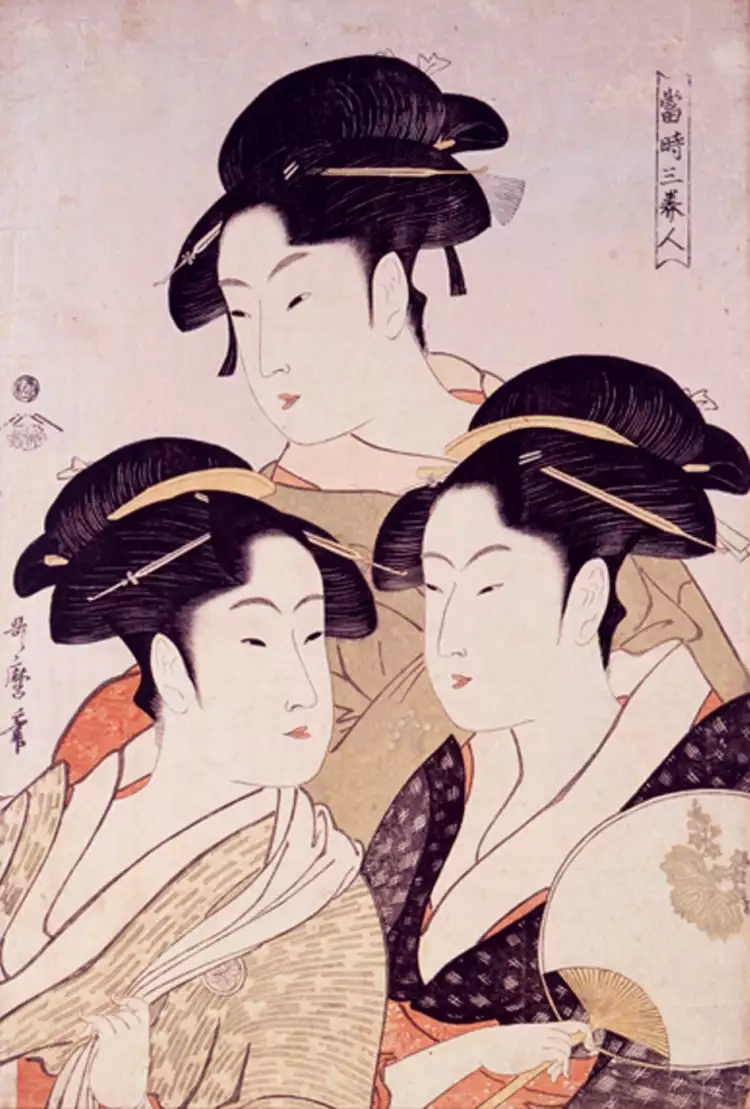 Graphics. Kitagawa Utamaro. Three Beauties of the Present Day, 1793
Graphics. Kitagawa Utamaro. Three Beauties of the Present Day, 1793
Today, both engravings and sketches by old masters are highly valued by collectors. By tracking lots on the online auctions of the VeryImportantLot website, you can acquire unique pieces that may become a family treasure or investment. You can also expand your collection with works by contemporary graphic artists, whom you can contact using the functionality of VeryImportantLot. These items look interesting in stylish interiors and, importantly, appreciate in value.
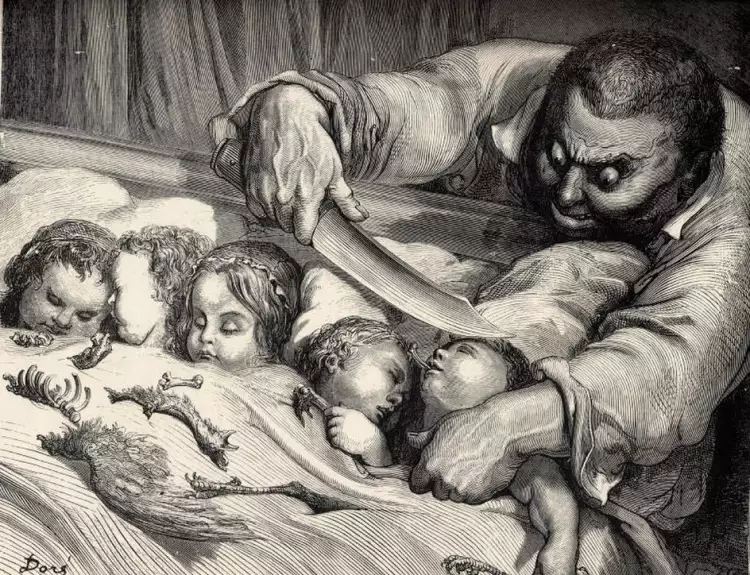
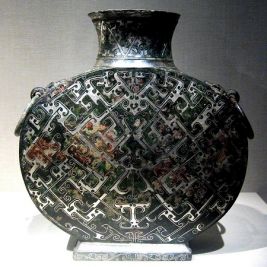 Inlaying - the enchanting art of unique ornaments
Inlaying - the enchanting art of unique ornaments 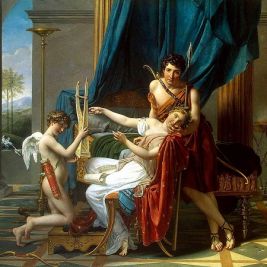 Neoclassicism: once again, an alignment with ancient ideals!
Neoclassicism: once again, an alignment with ancient ideals!  Lithography is a type of graphics and a masterpiece of art
Lithography is a type of graphics and a masterpiece of art  Modern - breakthrough or just a transitional period
Modern - breakthrough or just a transitional period  Top 10 Most Iconic Sculptors in the World
Top 10 Most Iconic Sculptors in the World  Hermann Historica Auction: Kunst, Antiquitäten & Antiken
Hermann Historica Auction: Kunst, Antiquitäten & Antiken  Photography is an art accessible to everyone
Photography is an art accessible to everyone 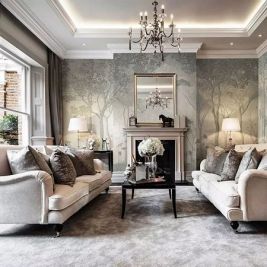 Neoclassical style in interior design is a modern interpretation of the noble traditions of antiquity
Neoclassical style in interior design is a modern interpretation of the noble traditions of antiquity 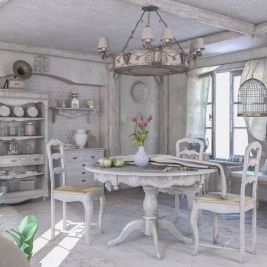 Interior design refers to the internal space of rooms: styles of decoration, classification, and characteristics
Interior design refers to the internal space of rooms: styles of decoration, classification, and characteristics 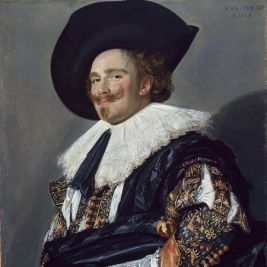 Portrait - a genre of painting: essence, types, history of the genre, famous portraits and portrait artists
Portrait - a genre of painting: essence, types, history of the genre, famous portraits and portrait artists